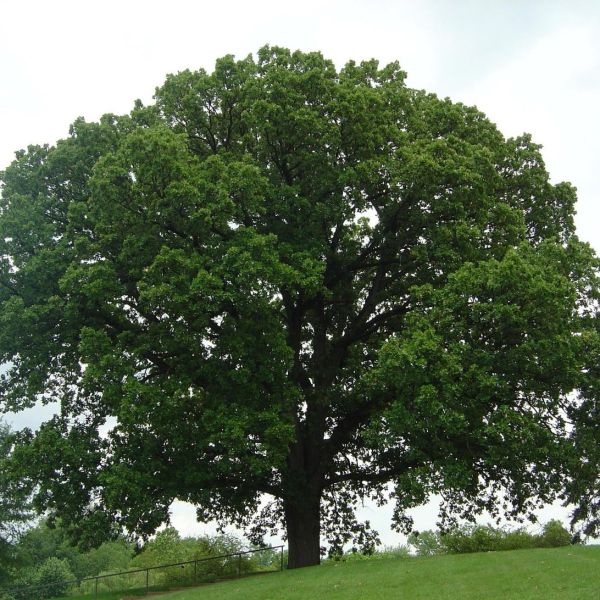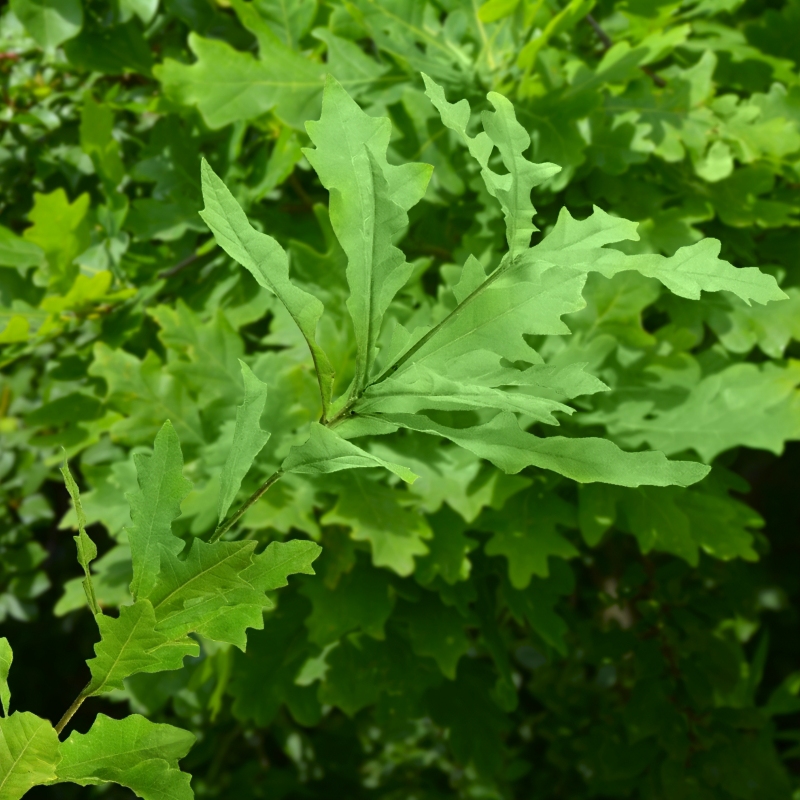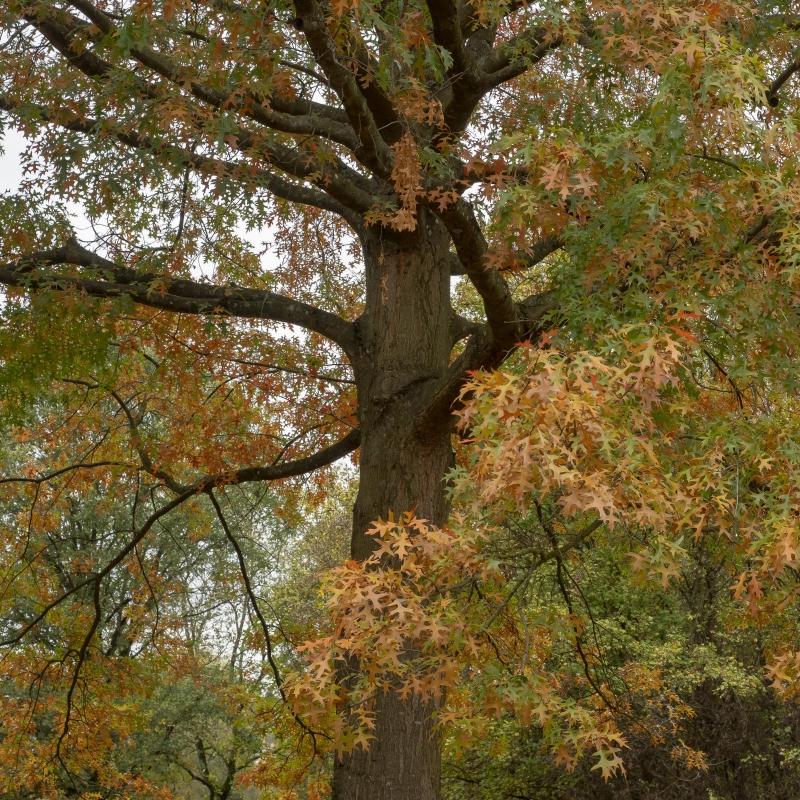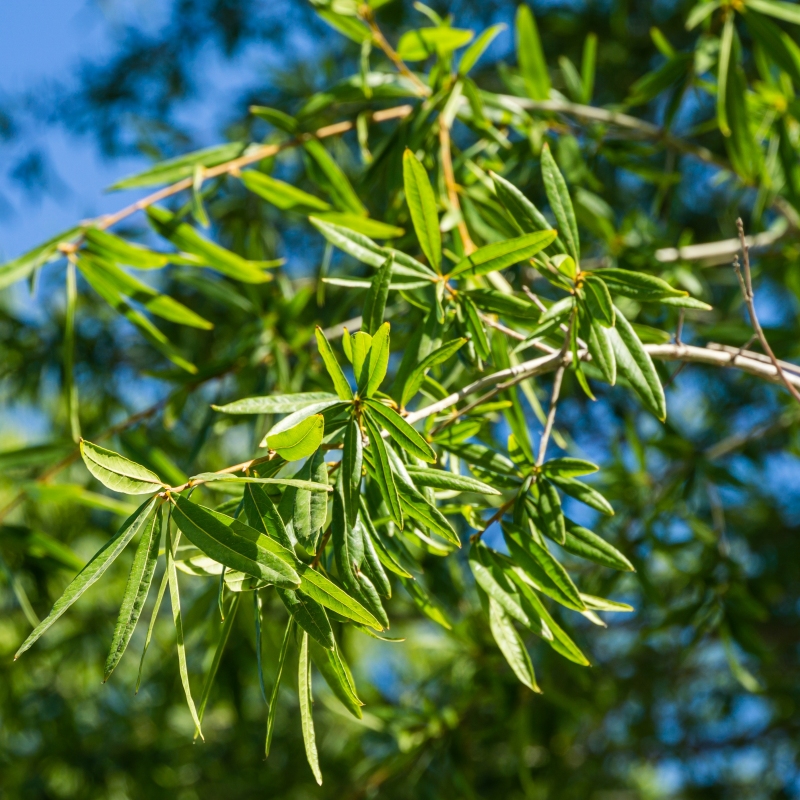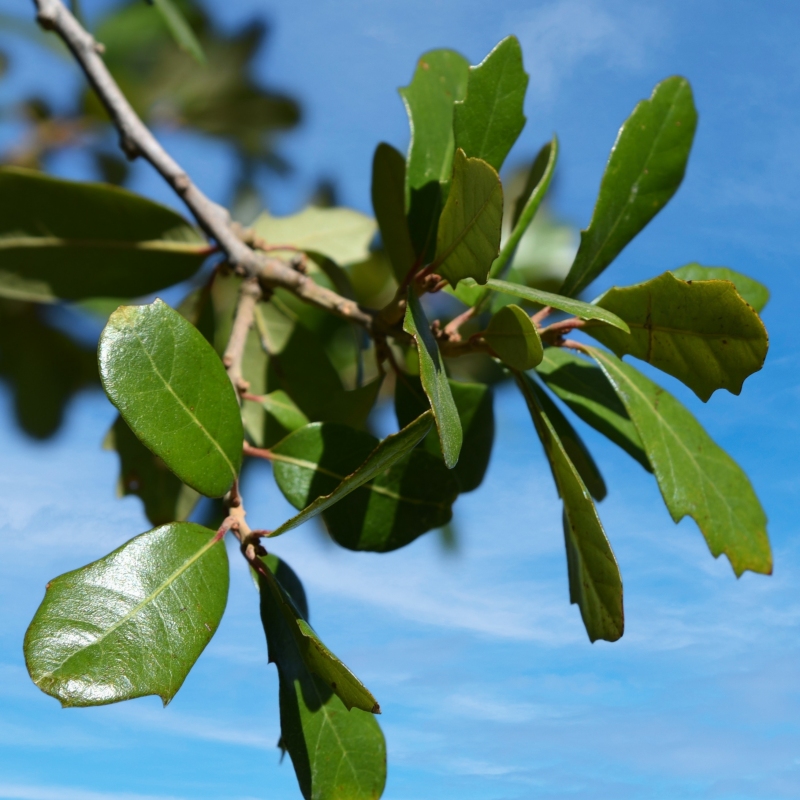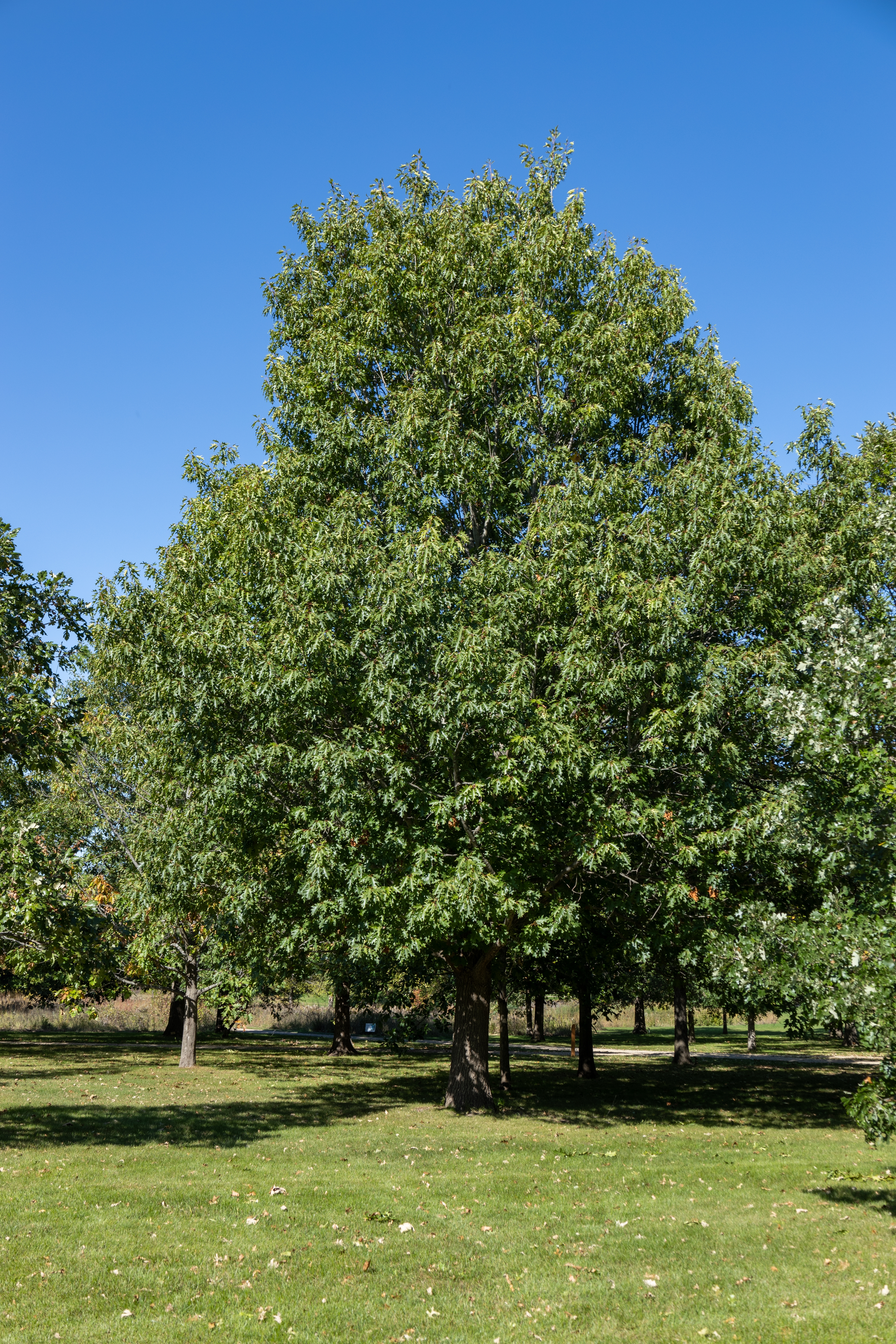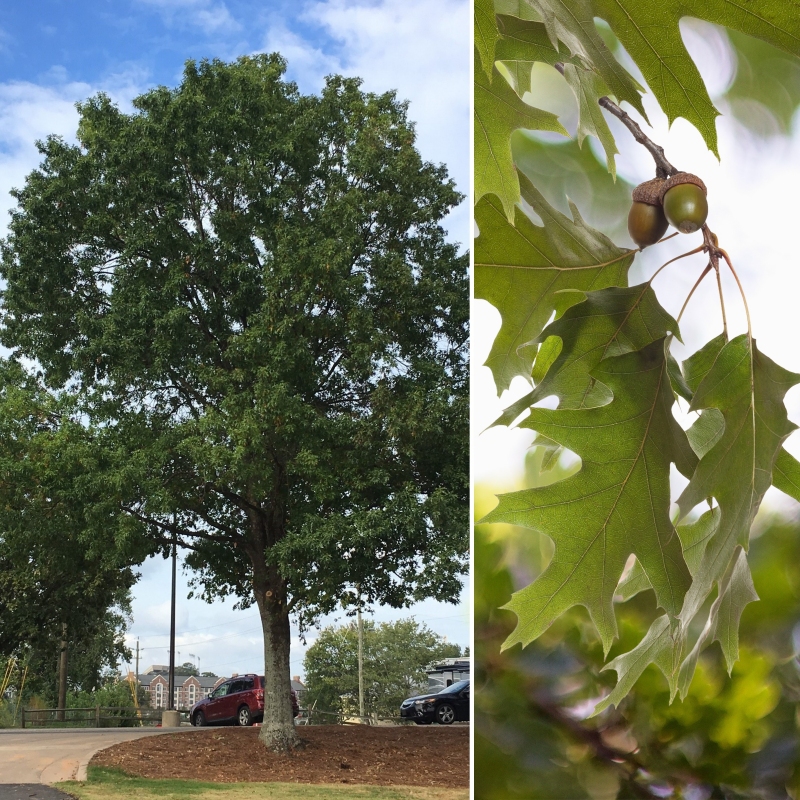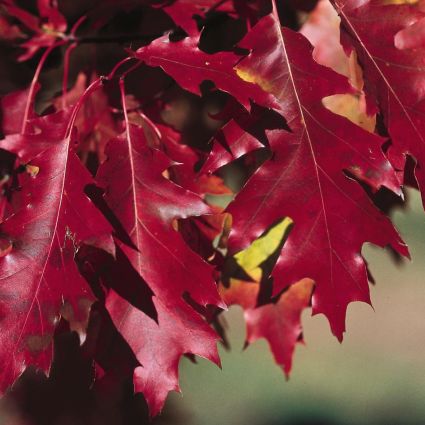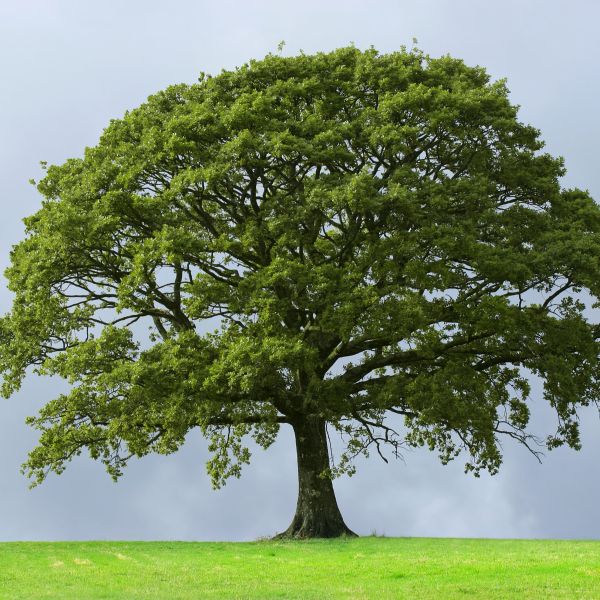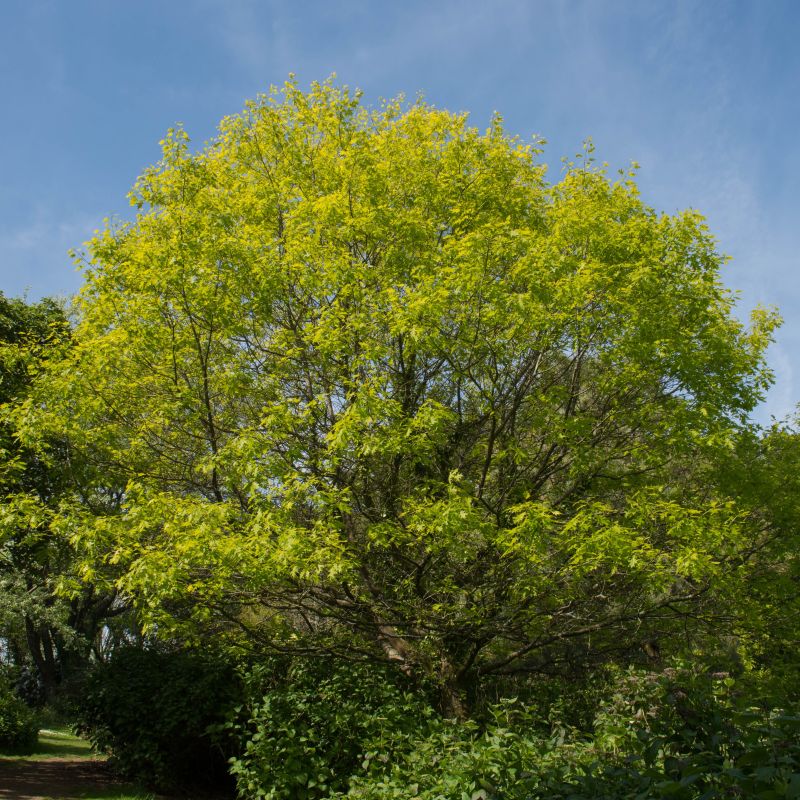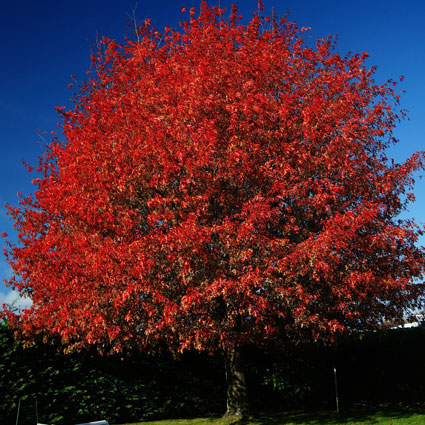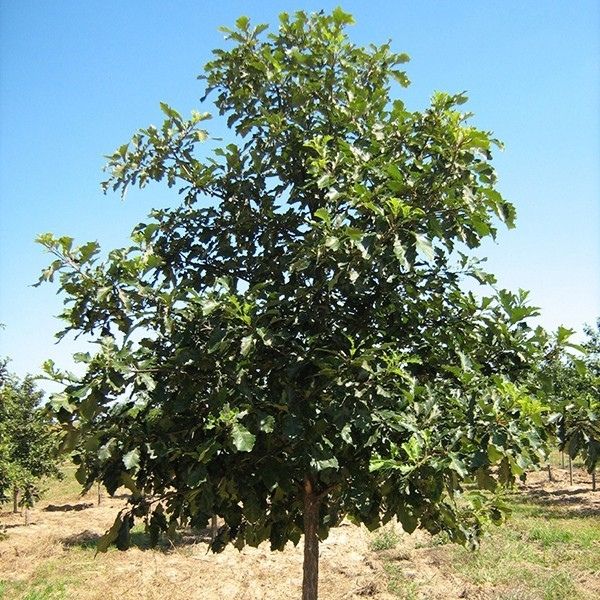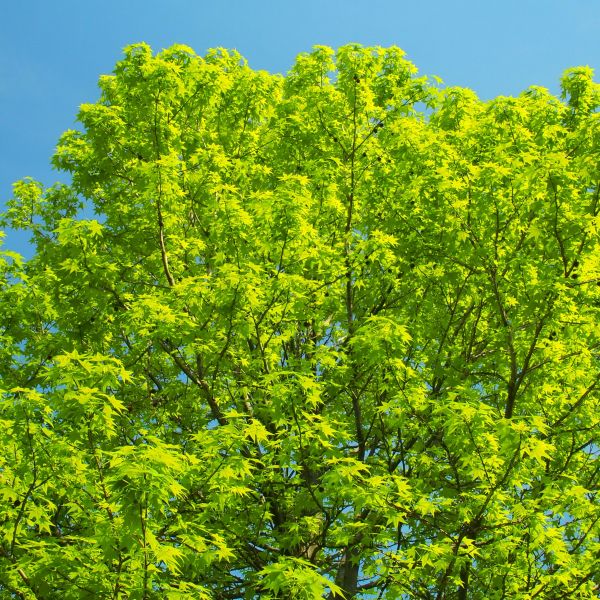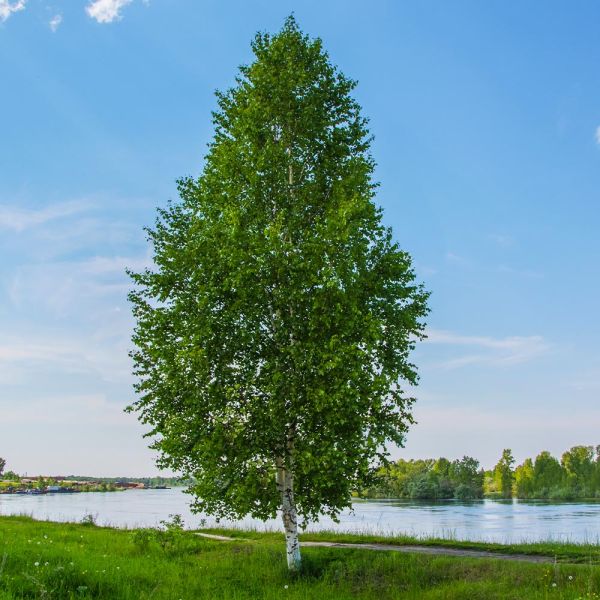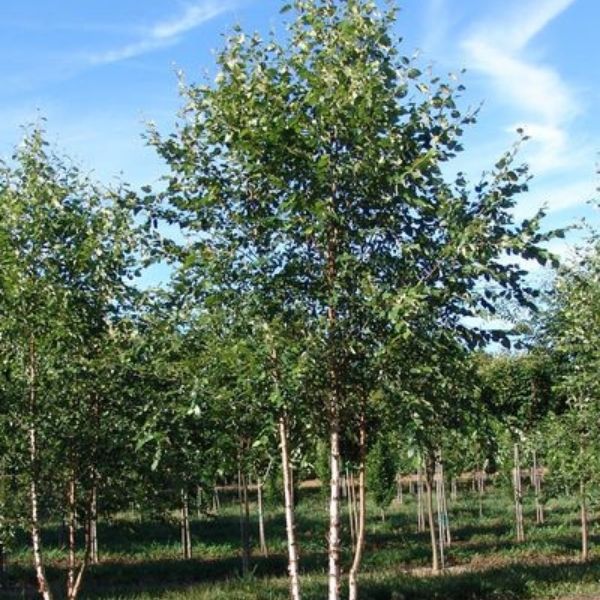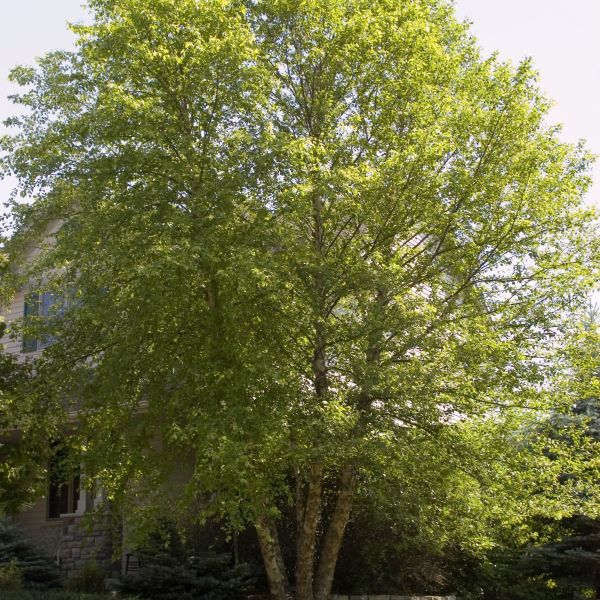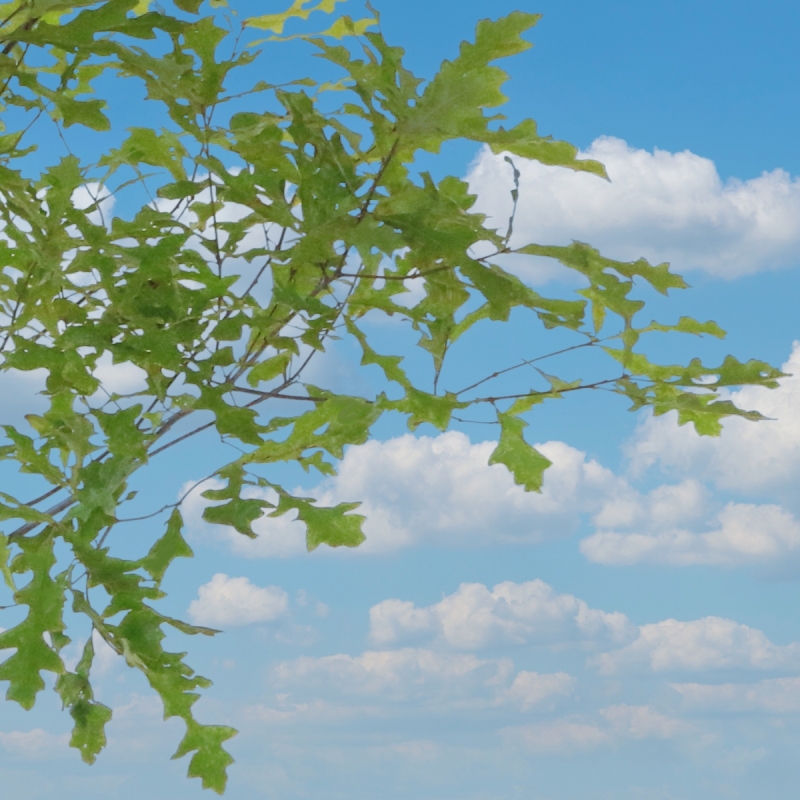

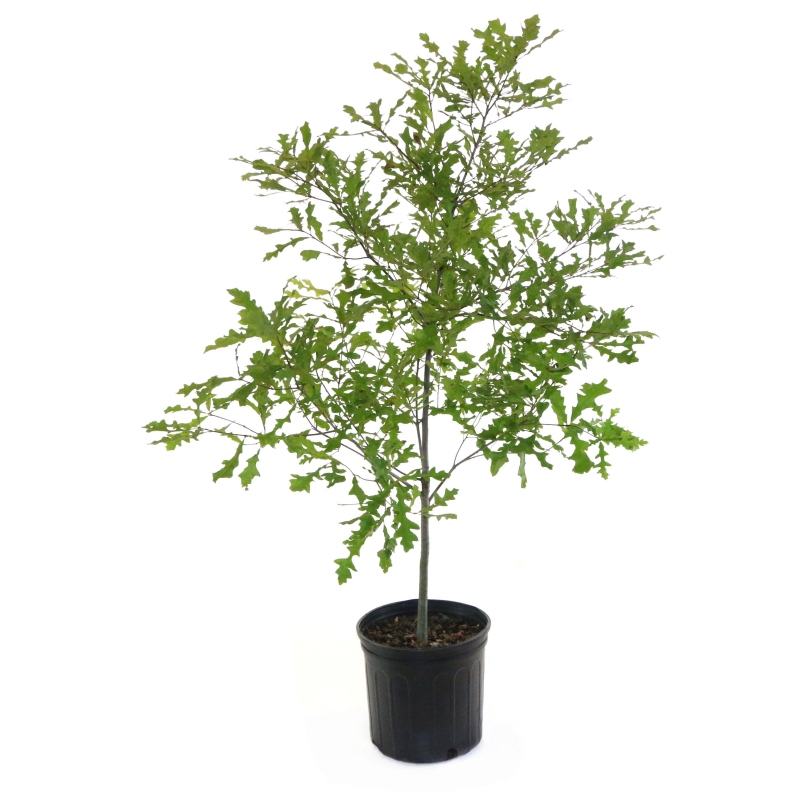
Compton Oak Tree
Quercus xcomptoniae Compton Oak
19 reviews
Compton Oak Tree
Quercus xcomptoniae Compton Oak
19 reviews
- Towering height and impressive canopy
- Durable wood for furniture and construction
- Symbol of strength and resilience in urban settings
$86.00
$123.00
30% Off
- Ships to in 3-5 Days
- Free Shipping Over $150
- Plant Arrival Guarantee
- In Stock
- Free Plant Consult
$200
Trade 3 Gallon
We are sorry, product is currently out of stock due to seasonal availability. Please check the "Related plants available in your area" section below
Why Compton Oak Tree?
The Compton Oak Tree, scientifically known as Quercus xcomptoniae, is a rare and endangered species native to southern California. It is known for its distinctive rounded canopy and glossy, dark green leaves. The tree plays a vital role in providing habitat and food for various wildlife species. Due to urbanization and habitat loss, conservation efforts are essential to protect the dwindling population of Compton Oak Trees.
Related plants available in your area
Sunlight
Compton Oak trees prefer full sun to partial shade, needing at least 6 hours of direct sunlight per day for optimal growth. They can tolerate some shade but may not thrive as well in these conditions. A sunny location will help promote strong growth and de
Watering
Compton Oak Trees require regular watering, especially during hot and dry periods. They prefer moist soil conditions but can tolerate some drought. It is important to water deeply and evenly around the tree's root zone to promote healthy growth and develop
Fertilizing
Compton Oak trees benefit from a well-balanced fertilizer containing nitrogen, phosphorus, and potassium. Fertilizing once a year in early spring with a slow-release fertilizer designed for trees or shrubs will help promote healthy growth and overall plant
Compton Oak Tree (Quercus xcomptoniae Compton Oak)
The Compton Oak tree, scientifically known as Quercus xcomptoniae, is a beautiful and hardy tree that is native to California. It is a hybrid of two oak species, Quercus agrifolia and Quercus wislizeni, resulting in a unique and resilient tree that is well-suited for various landscapes.
Features:
- Can reach a height of 40-50 feet at maturity
- Has a spread of up to 30 feet, making it an excellent shade tree
- Produces acorns that are a food source for wildlife
- Has dark green, glossy leaves that turn bronze in the fall
- Adaptable to different soil types and climates
Benefits:
- Provides shade and wildlife habitat
- Low maintenance and drought-tolerant once established
- Attractive foliage year-round
- Can be used as a specimen tree or in a woodland garden
- Resistant to pests and diseases
Overall, the Compton Oak tree is a stunning addition to any landscape, offering beauty, shade, and wildlife support. Planting a Compton Oak tree not only enhances the aesthetic appeal of your outdoor space but also contributes to the ecosystem and biodiversity of your surroundings.
Plant Information:
| Botanical Name: | Quercus xcomptoniae Compton Oak |
| USDA Zones: | 7 - 10 |
| Mature Height: | 30 FT |





Pollination Info
Scientific Name: Quercus xcomptoniae
Common Name: Compton Oak
Pollination Info: The Compton Oak tree is monoecious, meaning it has both male and female flowers on the same tree. The male flowers produce pollen, while the female flowers contain ovaries that develop into acorns after successful pollination.
Pollination Method: Compton Oak trees rely on wind pollination. The male flowers release pollen grains into the air, which are carried by the wind to the female flowers. Once the pollen lands on the stigma of a female flower, fertilization occurs, and the acorn development process begins.
Pollination Season: The pollen release and pollination process typically occur in the spring, coinciding with the tree's flowering period. Factors such as temperature, wind conditions, and tree health can influence the timing and success of pollination.
FAQ
Compton Oak Tree (Quercus xcomptoniae)
What is a Compton Oak Tree?
The Compton Oak tree, scientifically known as Quercus xcomptoniae, is a hybrid of two oak tree species - Quercus pungens and Quercus stellata. It is a medium-sized deciduous tree that is known for its attractive bark, foliage, and acorns.
How tall does a Compton Oak Tree grow?
Compton Oak trees typically grow to be around 30 to 40 feet tall and have a spread of around 20 to 30 feet. They have a relatively slow growth rate, so it may take several years for them to reach their full height.
Where can I plant a Compton Oak Tree?
Compton Oak trees prefer to be planted in well-draining soil in full sun to partial shade. They are adaptable to a variety of soil types, but they prefer acidic to neutral pH levels. Make sure to plant them in an area where they will have plenty of room to spread out as they grow.
How do I care for a Compton Oak Tree?
Compton Oak trees require regular watering, especially during hot and dry periods. Mulching around the base of the tree can help retain moisture and regulate soil temperature. Prune them in late winter or early spring to remove any dead or damaged branches and to shape the tree as needed.
Do Compton Oak Trees have any pests or diseases?
Compton Oak trees are relatively resistant to pests and diseases, but they can be susceptible to oak wilt, powdery mildew, and other common oak tree diseases. Regular inspections of the tree for signs of disease or infestation can help catch issues early.
When do Compton Oak Trees produce acorns?
Compton Oak trees typically produce acorns in the fall. The acorns are a valuable food source for wildlife, including birds, squirrels, and deer. You may want to consider planting a Compton Oak tree if you want to attract wildlife to your yard.
Planting & Care
Planting & Care for Compton Oak Tree
Planting:
1. Select a location that receives full sun or partial shade for planting the Compton Oak tree.
2. Dig a hole that is two to three times wider than the root ball of the tree and at the same depth as the root ball.
3. Place the tree in the hole and backfill with soil, making sure to tamp down the soil to remove any air pockets.
4. Water the tree thoroughly after planting.
Care:
1. Water the Compton Oak tree regularly, especially during hot and dry periods. Make sure the soil is consistently moist but not waterlogged.
2. Mulch around the base of the tree to help retain moisture and suppress weeds.
3. Fertilize the tree once a year in the spring with a slow-release fertilizer, following the manufacturer's instructions.
4. Prune the tree in late winter to remove any dead or diseased branches and to shape the tree as desired.
5. Watch out for common pests and diseases such as oak wilt and treat promptly if necessary.
By following these planting and care instructions, your Compton Oak tree should thrive and provide beauty in your landscape for years to come.
Check Out These Verified Customer Reviews:
Customer Reviews
4.7 out of 5 based on 19 reviews
Thank you! Your review has been submitted.
Highly recommend this item. Excellent quality and craftsmanship. Will be purchasing from this seller again.
Item as described, good quality
Arrived in great condition, very pleased
Item has been added to your cart.



